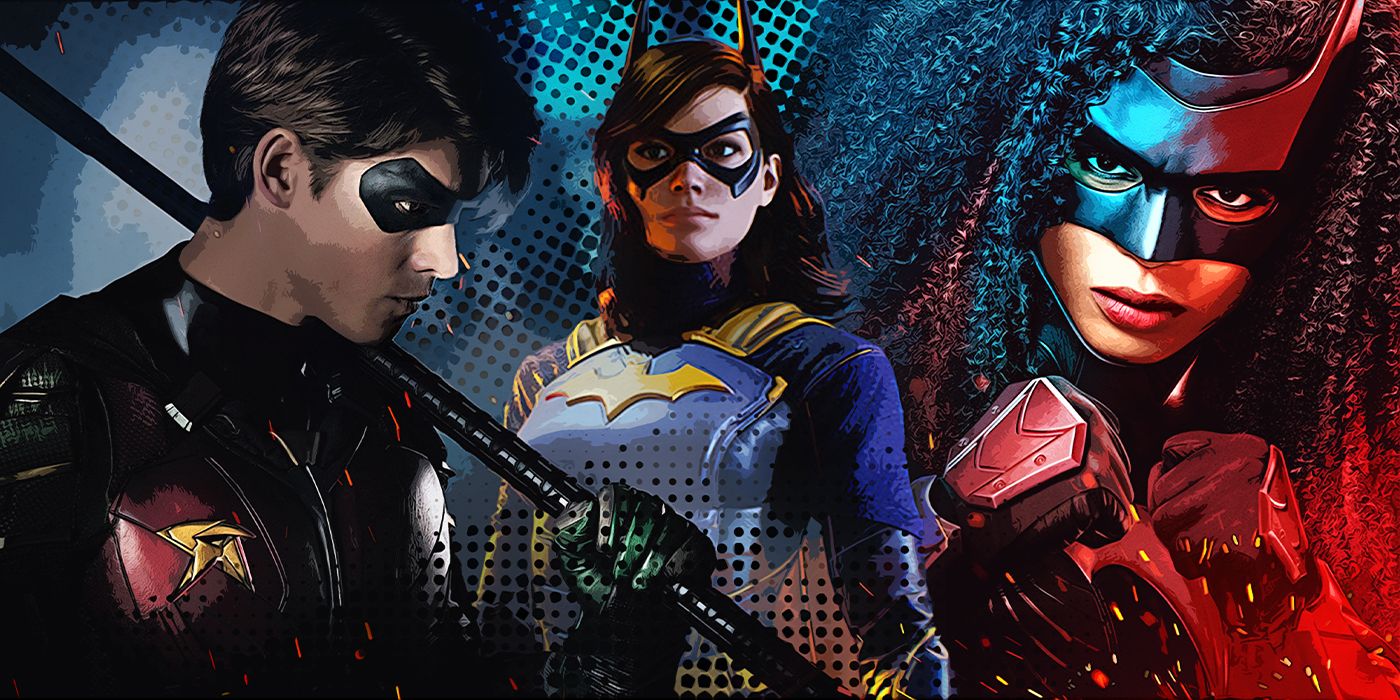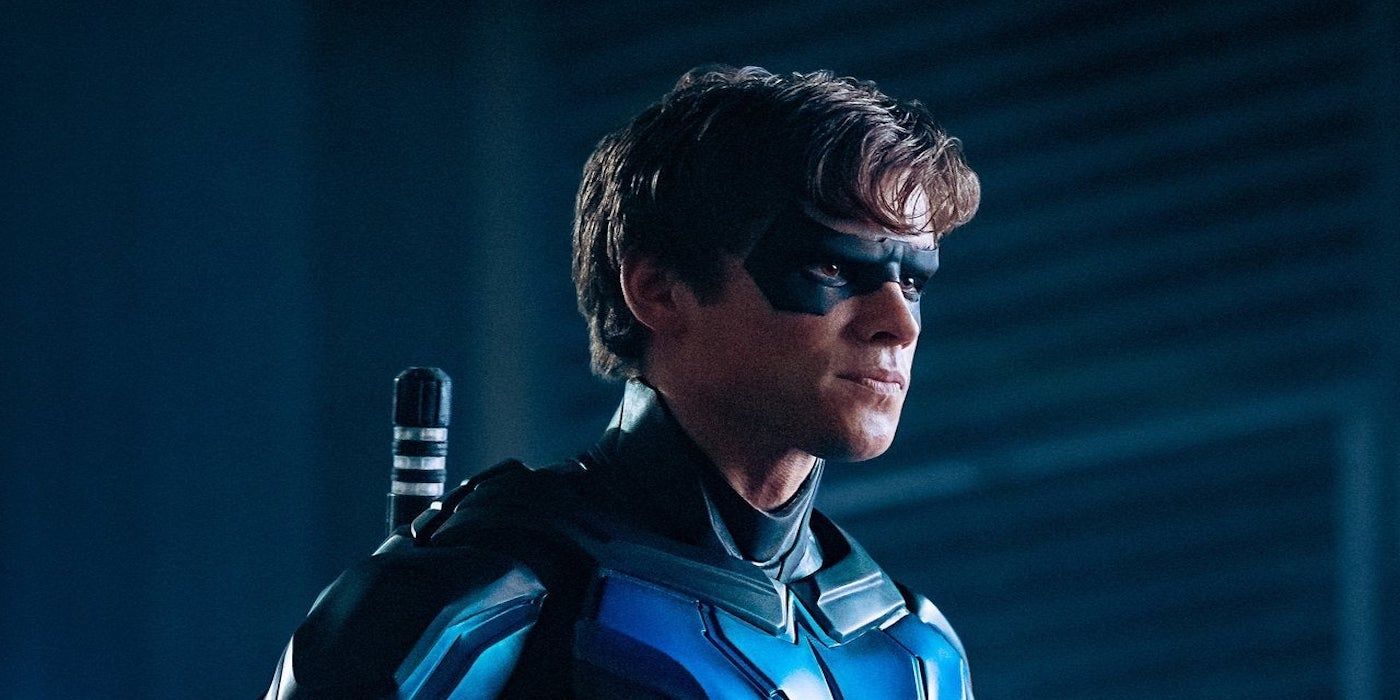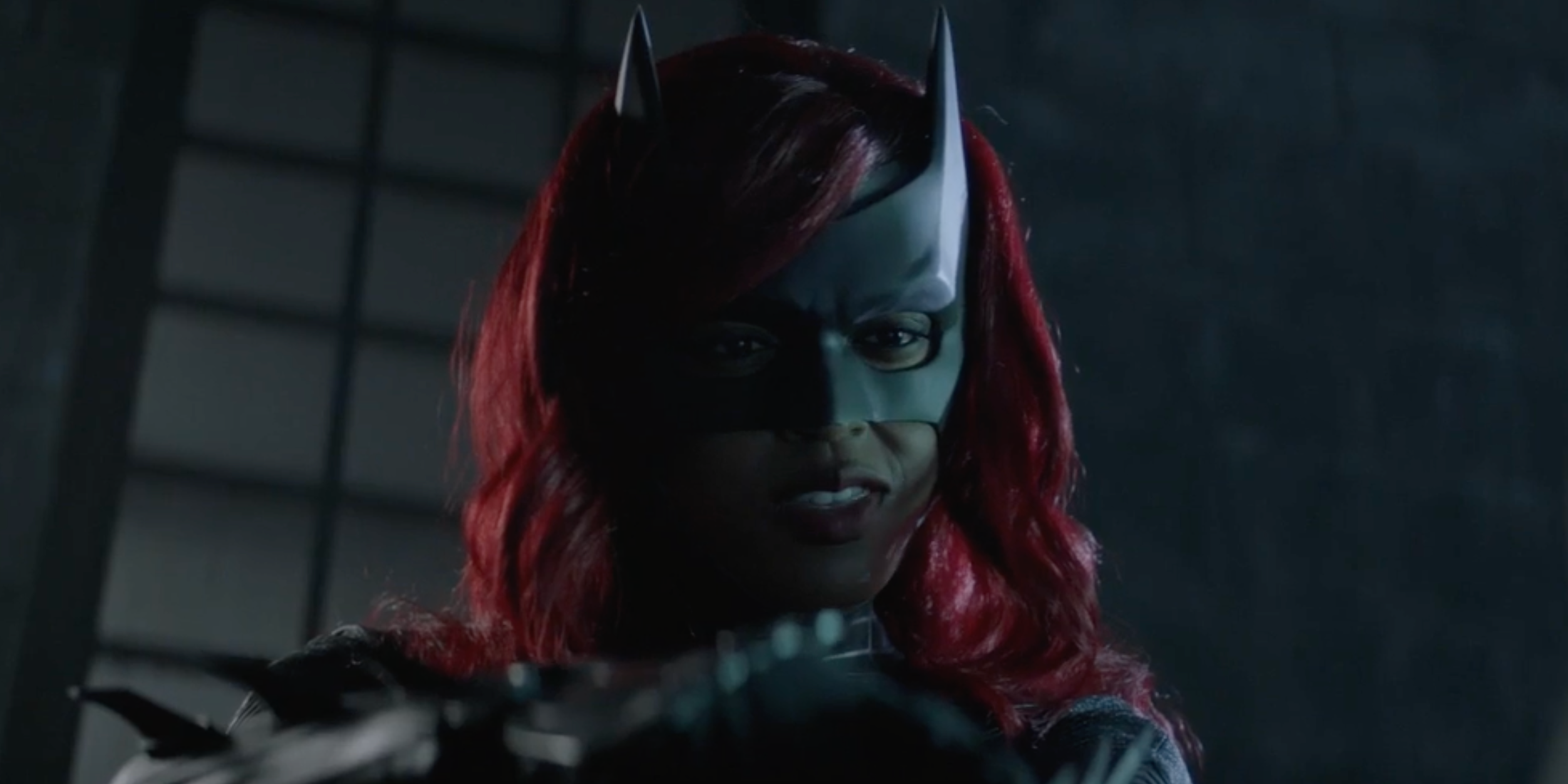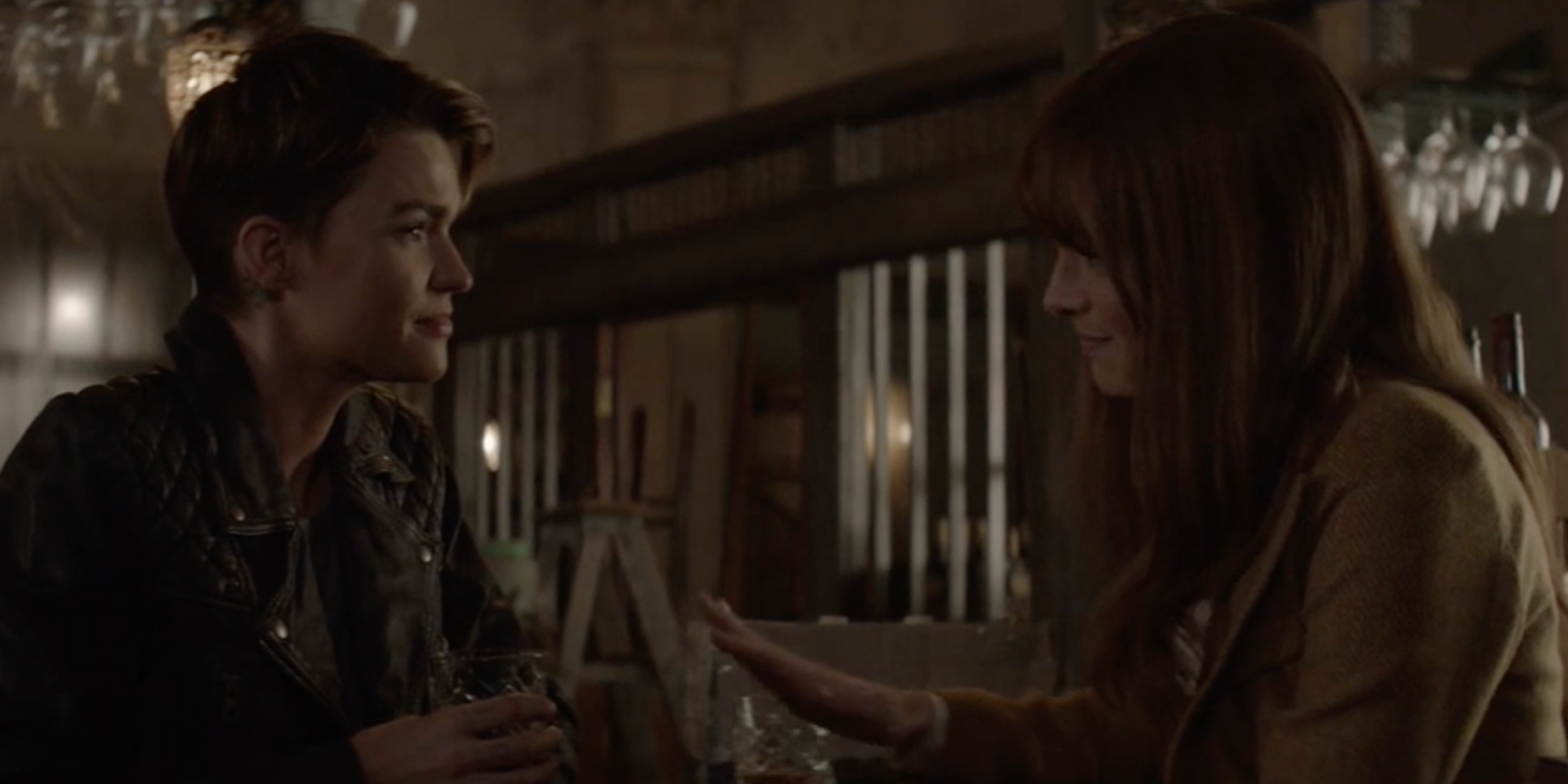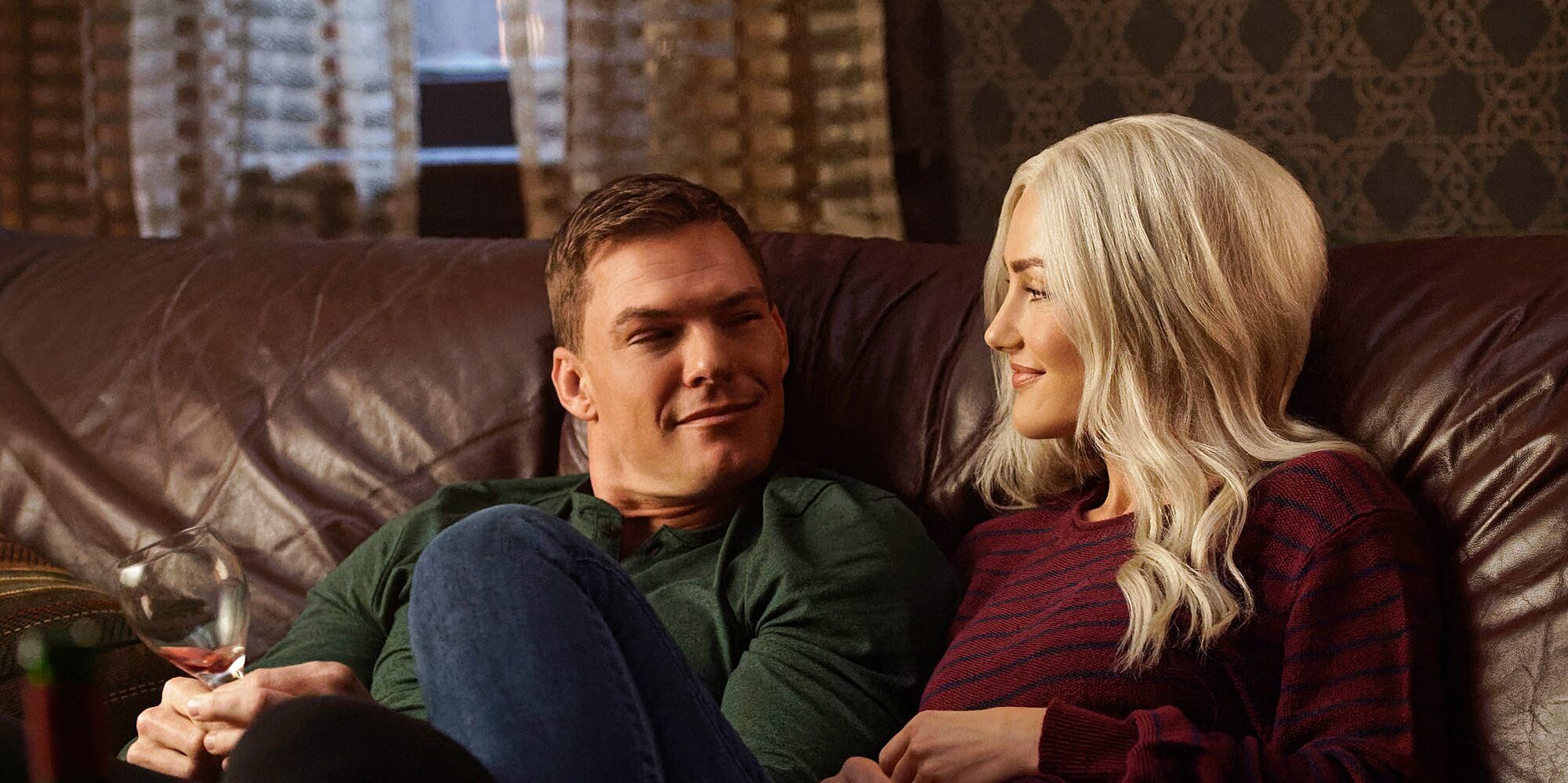The DC Comics adaptations keep coming. Gotham Knights is the latest television series announced as part of the ever-expanding DC television franchise. Adapted from the comic book run of the same name, the show will focus on the exploits of Batman’s adopted son following the death of The Dark Knight. Gotham Knights is the newest show set in the Bat-universe which turns the Bat-signal on other members of the Bat-family. Following the likes of HBO Max’s Titans and The CW’s Batwoman, it seems like DCTV may be more interested in telling stories about Batman and Gotham without the Caped Crusader himself.
Despite the contrasting tones, Titans and Batwoman both heavily lean on known lore from Batman comics and the appeal of the character himself but have brought their own perspectives to the familiar comic book city. Gotham Knights, if it is picked up beyond a pilot order, could be following suit.
In the first season of Titans, Dick Grayson/Robin/Nightwing (Brenton Thwaites) battled with his strained relationship with his mentor and father figure Bruce Wayne/Batman. The season only showed Bruce in shadow before Batman appeared in the final episode—he was less a character and more a menacing figure introduced solely to terrorize Dick Grayson. It wasn’t until the second season that the real Bruce Wayne made an appearance. The casting of Iain Glen as the world’s greatest detective was a definite sign that Titans wouldn’t imitate previous Batman incarnations. In fact, Batman hasn’t emerged on the show since the Season 1 finale, and Glen has portrayed Bruce Wayne as a tired, close-to-retired father who spends most of his curtailed screen time making amends to his adopted sons, Dick and Jason Todd (Curran Walters).
Similarly, in Batwoman, Kate Kane (Ruby Rose) returned to Gotham City to find that her cousin Bruce had disappeared. When she discovered his secret life as a vigilante, Kate took on the mantle of the Bat to protect her city and pay homage to her cousin. Throughout the first season, Kate wrote letters to Bruce, connecting her to the beloved character but allowing Kate to become her own persona. We have yet to meet Bruce Wayne on Batwoman—aside from Tommy Elliot/Hush pretending to be Bruce (Warren Christie) and the character appearing in Luke Fox’s (Camrus Johnson) dream, the real scion of Wayne Manor has remained elusive.
Of course, these two shows aren’t the first to use Batman’s influence to expand the universe. Fox’s Gotham created an ensemble cast of characters from the Bat-universe despite kicking off the series with yet another rendition of the infamous Wayne deaths. As a prequel show, Gotham’s characters didn’t have to follow canon templates, not even for Bruce Wayne whose childhood years aren’t written in stone.
Despite Bruce Wayne and Batman’s shadow looming large in their first seasons, both Titans and Batwoman have grown beyond Batman since they began. Moving the focus away from Bruce Wayne and Batman has given these two shows the chance to introduce several beloved characters from the comics, especially in the case of Titans, while Batwoman has tackled systemic issues regarding race and health care.
The central cast of Titans includes many characters making their live-action debut, including Starfire (Anna Diop), Raven (Teagan Croft), Garfield Logan (Ryan Potter), Donna Troy (Conor Leslie), Jason Todd, and Tim Drake (Jay Lycurgo). Titans has also expanded the kind of representation not often seen in the superhero landscape—one that has been especially missing in Batman-focused content. The show cast deaf, transgender actor Chella Man in the second season as Jericho; Man is only the second transgender actor to play a superhero in DC Comics adaptations, following Nicole Maines as Nia Nal on Supergirl. And when the show finally headed to Gotham in Season 3, Savannah Welch, an actress with a disability, joined the cast to bring Barbara Gordon to the screen, not as Batgirl, but as the wheel-chair using Commissioner of the Gotham Police.
Batwoman has expanded queer representation with several heroes and villains being out and proud. With the introduction of Ryan Wilder (Javicia Leslie) the show has also tackled Gotham’s problems from the ground up. Ryan has called out the systemic racism that she and Black people face in America. She and her associates have also worked to build community centers to provide opportunities to marginalized communities. Meanwhile, Mary Hamilton (Nicole Kang) created an underground clinic that offers services to those neglected by the health care system.
Though not as diverse as Titans and Batwoman, the beauty of Gotham was how the show created nuanced and compelling versions of Batman’s future Rogues Gallery. Batwoman has taken a leaf out of Gotham’s book and its third season has also featured vibrant and improved versions of the rogues.
A world without Batman is much more representative of the real world since the focus isn’t only on Bruce and his history. There’s a certain kind of expectation that comes with the character because of the surplus of the source material. Bruce Wayne is a straight, cisgender, white, able-bodied, privileged man, and a millionaire. While his story has endured, Bruce has a very narrow perspective of the world and his fictional city. That’s not to say stories featuring Batman aren’t varied, but they tend to be safe and nowhere near as representative of the world Bruce inhabits. Being in Batman’s periphery allows creators to color outside the lines, as is evident in Titans and Batwoman.
Batman isn’t going anywhere. He is still DC Comics’ biggest draw, which is why there are countless different comic book titles headlined by the character, endless DC animated films starring him, and another film with Robert Pattinson as the thirteenth live-action actor to play Bruce Wayne. Showrunners can also take chances—if one must call it that—on inclusive casting and real-world storylines that major film studios may resist. But times are changing; where once Zoe Kravitz was denied an audition for a small role on The Dark Knight Rises, she will now be playing Selina Kyle/Catwoman on the big screen in The Batman. This is a small step towards embracing the representation that has become a mainstay on television, especially in The CWVerse.
It’s a testament to Batman’s longevity that we all crave more of the character. But the Bat-family is large, and those characters deserve the spotlight as well. Using Batman as a hook rather than a protagonist expands Gotham and Batman lore in new ways that attract and represent more communities, while also giving viewers a different look at a favorite comic book landscape.

